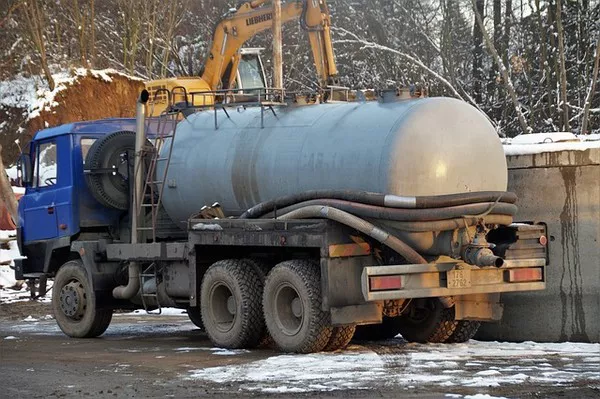Water is an indispensable resource for life, playing a critical role in sustaining ecosystems, supporting human health, and driving economic activities. However, it is crucial to differentiate between water and wastewater, as they serve distinct purposes and undergo different treatment processes. This article aims to shed light on the fundamental differences between water and wastewater, emphasizing their importance in maintaining environmental sustainability and public health.
Defining Water and Wastewater
Water, in its purest form, is a transparent, odorless, and tasteless liquid composed of hydrogen and oxygen molecules (H₂O). It is a universal solvent, facilitating various biochemical processes essential for life. Water exists in different forms, including surface water (rivers, lakes, and oceans) and groundwater (stored beneath the Earth’s surface). While water is crucial for hydration, agriculture, and industrial processes, it becomes wastewater once it is contaminated or altered through human use.
Wastewater refers to water that has been used in homes, industries, or businesses and has become contaminated with impurities, pollutants, or other undesirable substances. This contamination may result from domestic activities such as washing, bathing, or flushing toilets, as well as industrial processes that introduce chemicals, toxins, or heavy metals into the water. Managing wastewater is vital to prevent environmental degradation, protect human health, and conserve water resources.
The Treatment Process
One of the primary distinctions between water and wastewater lies in their treatment processes. While water treatment focuses on making water safe for consumption, wastewater treatment aims to remove pollutants and contaminants before releasing the treated water back into the environment.
Water Treatment:
Coagulation and Flocculation: Chemicals are added to water to bind impurities together, forming larger particles that can be easily removed.
Sedimentation: The water is allowed to sit undisturbed, allowing the heavier particles to settle at the bottom.
Filtration: The remaining impurities are removed through various filtration methods, such as sand or activated carbon filtration.
Disinfection: To eliminate remaining bacteria and pathogens, water is treated with disinfectants like chlorine or ultraviolet light.
Wastewater Treatment:
Preliminary Treatment: Large objects and solids are removed through screening and settling processes.
Primary Treatment: The wastewater undergoes sedimentation to separate suspended solids from the liquid.
Secondary Treatment: Microorganisms are introduced to break down organic matter further. Common methods include activated sludge and trickling filters.
Tertiary Treatment: Advanced processes remove remaining impurities, including nutrients and pathogens, to meet specific water quality standards.
Disinfection: Like in water treatment, wastewater undergoes disinfection to ensure the removal of any remaining harmful microorganisms.
Environmental Impact
Water and wastewater management directly impact the environment. Untreated wastewater released into natural water bodies can lead to pollution, harm aquatic life, and degrade ecosystems. Additionally, excessive water extraction for human use without proper conservation measures can deplete natural water sources, disrupting the balance of ecosystems and leading to water scarcity.
On the other hand, responsible water management, including effective treatment of wastewater, can mitigate these negative effects. Treated wastewater can be safely reintroduced into the environment, supporting aquatic ecosystems and maintaining a balance between water consumption and conservation.
See Also: What Are The 8 Steps Of Sewage Treatment?
Public Health Considerations
The quality of water directly affects public health, making the differentiation between water and wastewater crucial for ensuring safe drinking water. Contaminated water can harbor pathogens, bacteria, and pollutants that pose significant health risks when consumed. Waterborne diseases, such as cholera and dysentery, can result from the ingestion of untreated or contaminated water.
Wastewater, if not properly treated, can act as a source of infectious diseases. Improper disposal or inadequate treatment of wastewater can lead to the contamination of water sources, posing health hazards to communities downstream. Effective wastewater treatment is, therefore, an essential component of public health initiatives, safeguarding communities from waterborne illnesses.
Conclusion
In conclusion, the distinction between water and wastewater is pivotal for understanding their roles, treatment processes, and implications for environmental sustainability and public health. While water is a precious resource that sustains life, wastewater requires careful management to prevent environmental degradation and protect human health. The ongoing challenge is to implement efficient and sustainable water and wastewater management practices that ensure access to safe drinking water, conserve water resources, and safeguard ecosystems for future generations.


